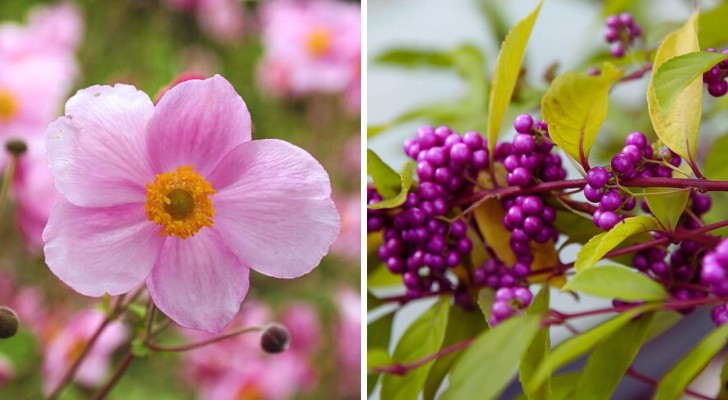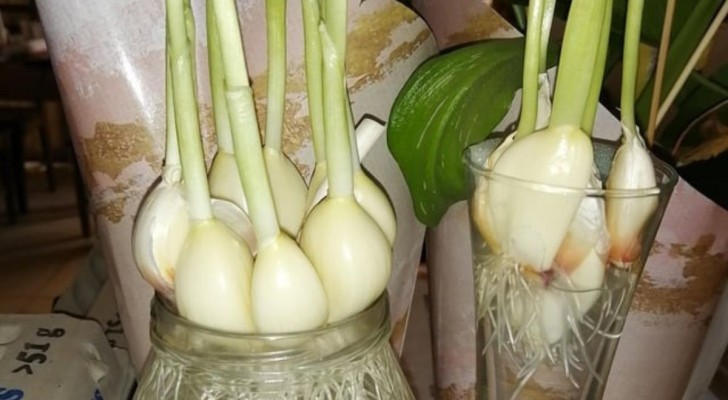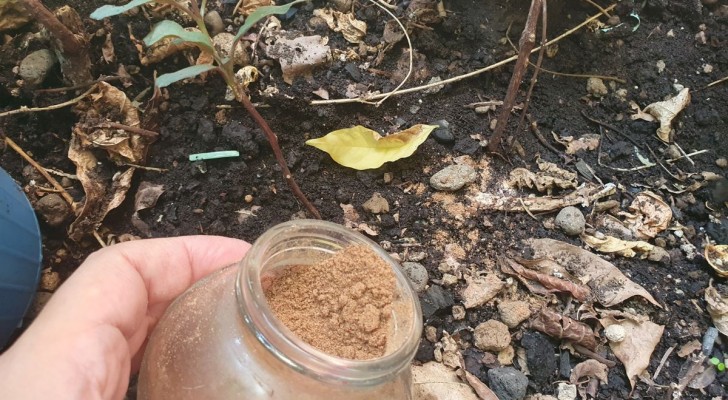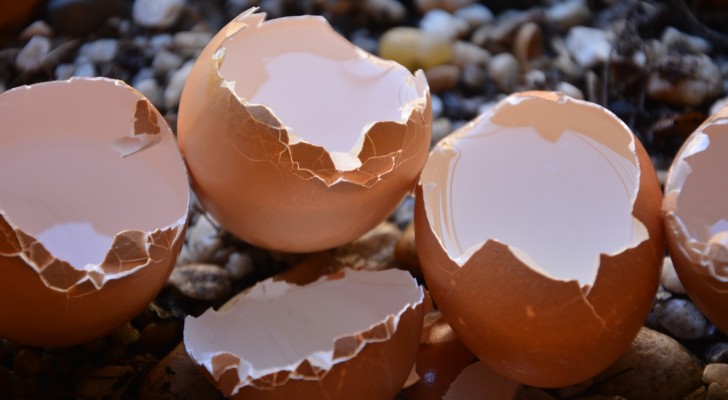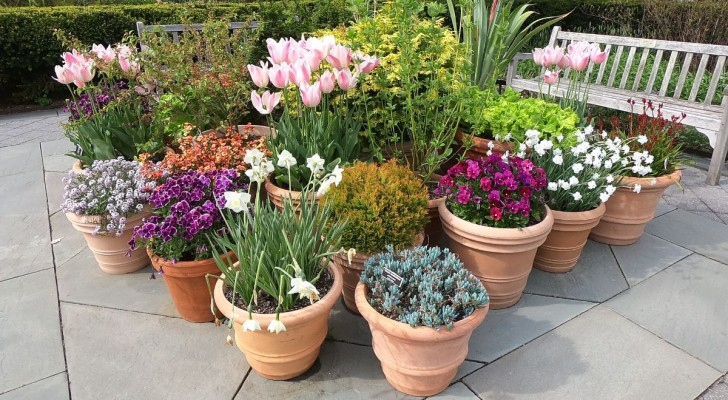Are you thinking of creating an aromatic herb garden? Find out what you need to know here
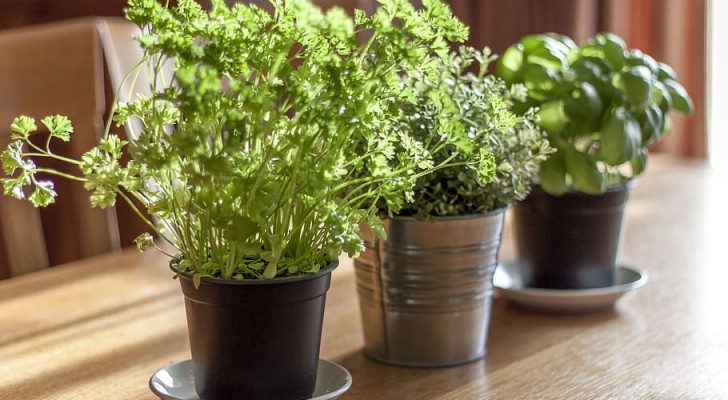
Advertisement
Sooner or later, everyone thinks about growing a few pots of the most common aromatic herbs, so as to have fresh leaves readily available to flavor and spice up a great variety of dishes. And even when not used in the kitchen, many of these plants are beautiful to look at and give off some really nice aromas, making them also excellent choices for decorating the interior of our homes.
And if you have some space available in the garden, it's never a bad idea to consider creating a flowerbed dedicated to this family of plants. But what is there to know before starting? Find out by reading further:
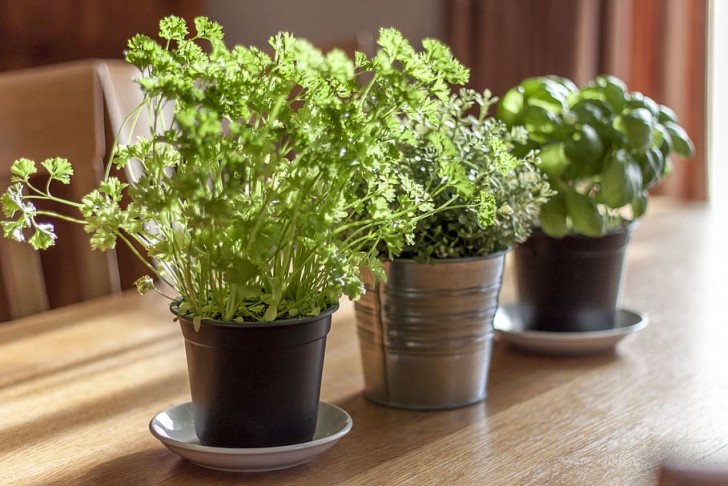
- Starting from sowing seeds or from seedlings? The second method, using young but already formed plants - and even better with quite mature ones - is the one that guarantees the best chance of success, and also the only one useful when it is no longer late winter / early spring. However, if you want to try with seeds, it is best to use lots since there is always the chance that not all of them will germinate. Then equip yourself with suitable trays or jars for your seedbed, informing yourself properly about the temperatures and needs in terms of soil and irrigation for the various types of plants you want to cultivate.
- Soil: some aromatic plants (such as lavender) prefer a calcareous or poorer soil, but generally, good quality universal soils are fine. However, these plants do not need to have their soil enriched with extra substances or fertilizer. Indeed, the Mediterranean herbs most commonly used in cooking (those with smaller leaves such as thyme or oregano, in particular) are native to fairly infertile and arid soils. Those with wider soft leaves (basil is an example) prefer a little more fertilizer, but never overdo it.
- Irrigation: the rule is always to avoid water from stagnating, so don't water them too often. It is best to give plenty of water when the soil dries out and then wait for it to dry out again before watering another time. It is imperative that there is excellent drainage. It will mean intervening more often as temperatures rise, so plan on watering a couple of times a week during the hotter periods.
- Sunlight: these are plants that love particularly sunny exposures, except perhaps basil (or, at least, some types) whose leaves sometimes can be burnt under the scorching rays.
- Pruning: Perennials such as rosemary or sage must be controlled with significant pruning at the end of summer, shortening the branches by about a third (never, however, cut too low down on their woody stems). The rest of the time, just remove any dry / dead parts.
- Harvesting: each plant has its own time, but it is always advisable to wait until they are well developed before removing leaves and sprigs for use. For basil, for example, it is expected to reach about twenty centimeters in height before harvesting. In any case, the leaves and tops of the sprigs must be harvested in a balanced way, without always cutting everything from the same side or in the same point. In this way the plants will be stimulated to grow more compactly and to distribute its energy evenly among all the remaining parts.
Are you ready to create your own aromatic herbs corner?
Advertisement

